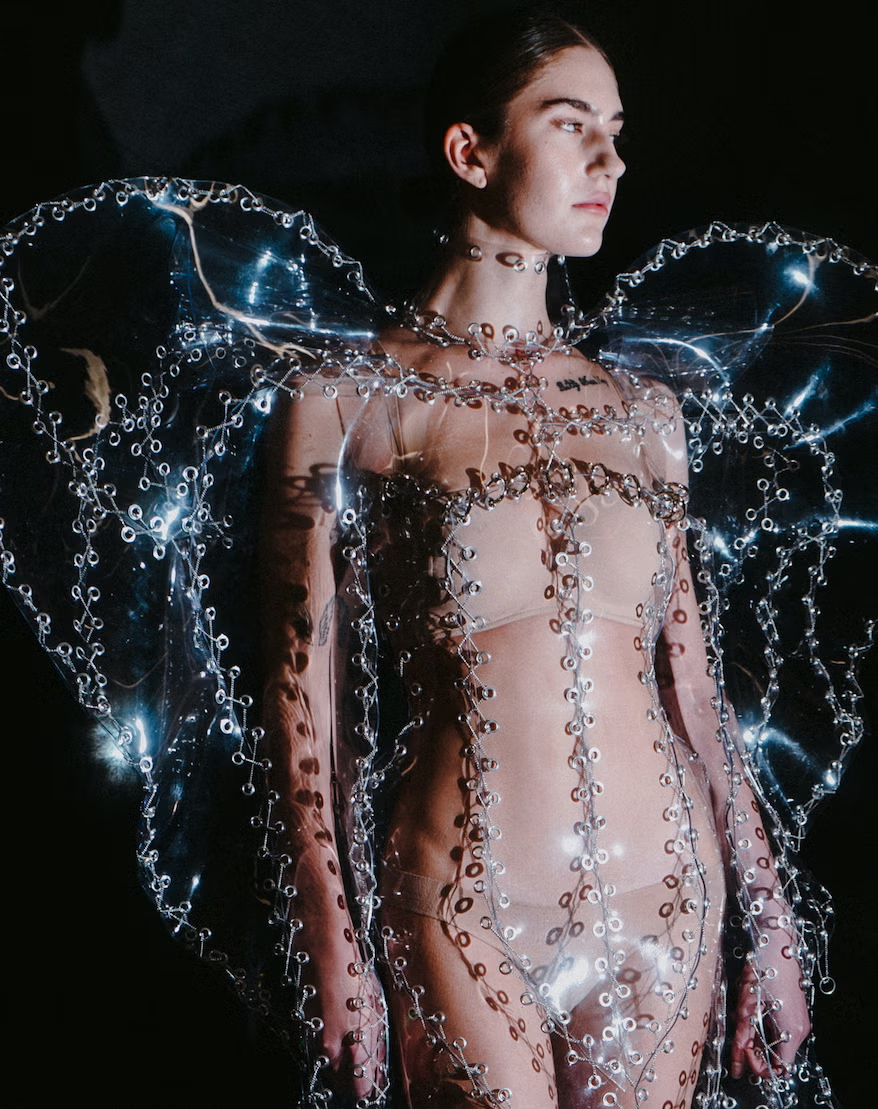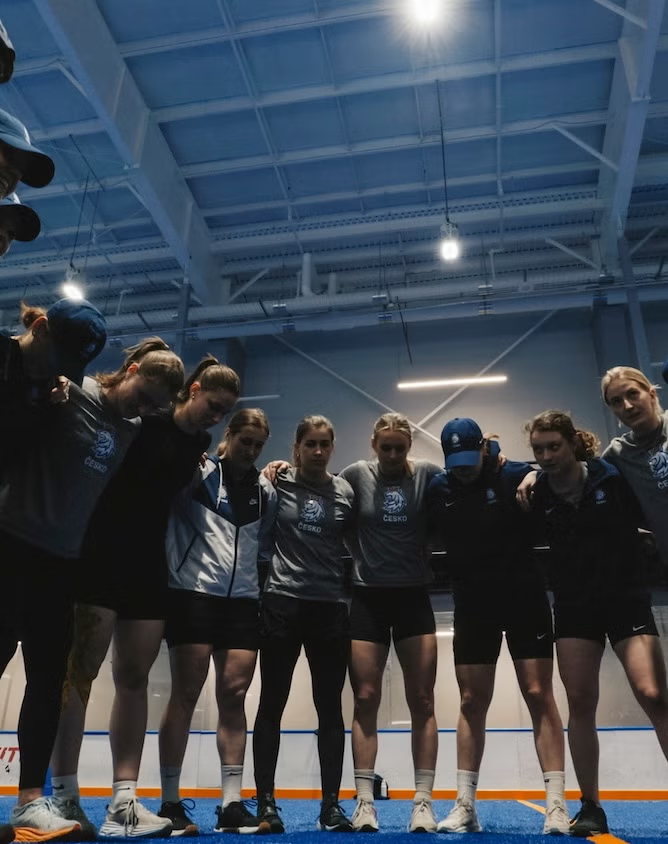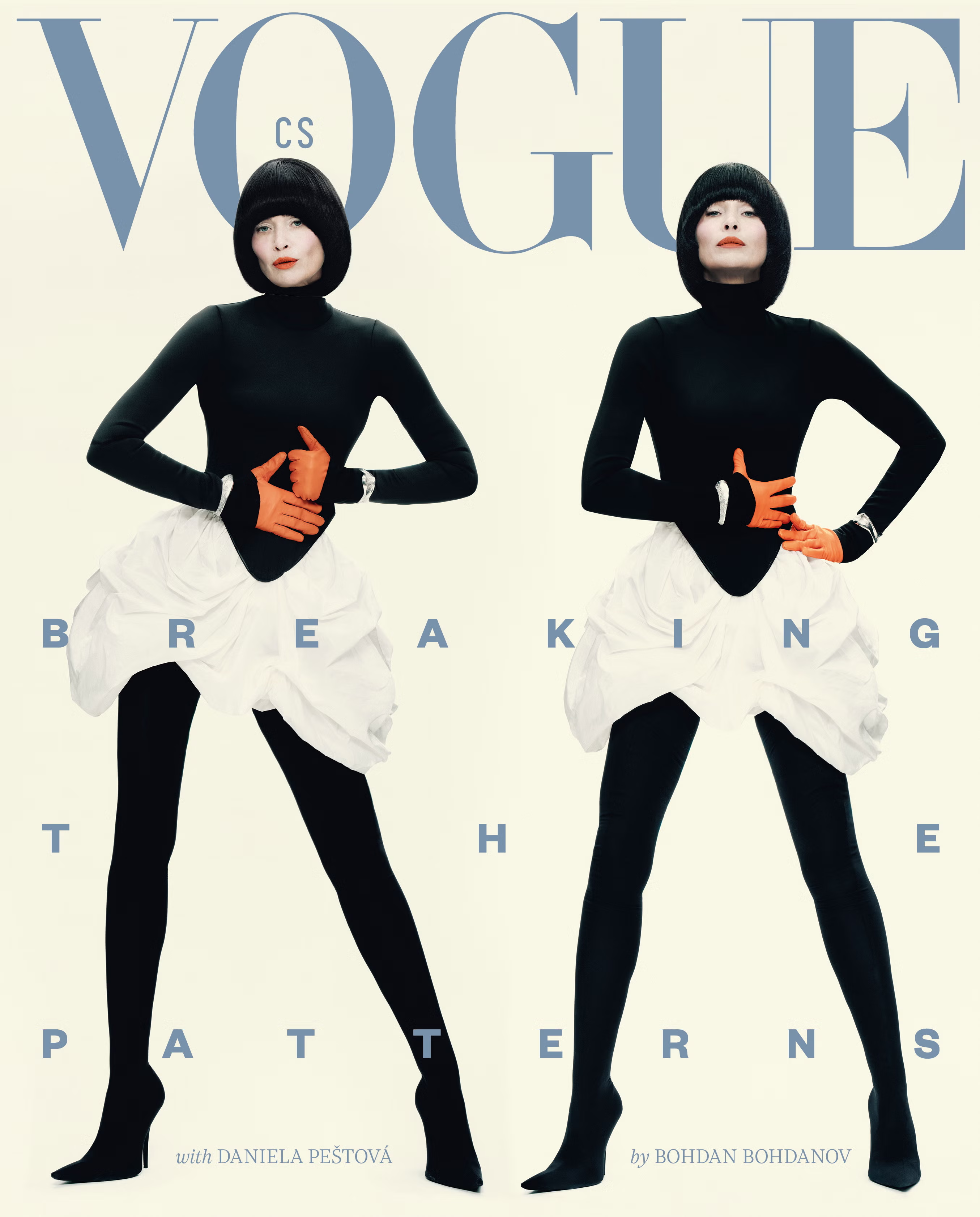Vogue CS in English
VOGUE LIFE analysis: #PrintIsNotDead
Fiona Hayes6. 10. 2021
Back in 2016 I gave a lecture entitled “From Steichen to Snapchat: Legacy Publishing in a Digital Age.” My audience were mainly in their teens and early 20s – Millennials and Gen Z Digital Media students at Leeds University – and I was talking to them about the origins and development of Condé Nast and the publishing industry, from the early 20th century when Edward Steichen was Chief Photographer for Vogue and Vanity Fair, right up to 2016, when Snapchat was so popular that people were being hired purely to make Vogue and GQ “Snaps” which disappeared after ten seconds.
In 2021, with TikTok ruling the social media world, Snapchat seems like ancient history. But just four years ago Condé Nast was busily launching Snapchat Discover channels for GQ, Wired and SELF. And it wasn’t only Condé. The platform was jumped on by everyone from The New York Times and The Wall Street Journal to People Magazine and Cosmopolitan. The phenomenal popularity of Snapchat with publishers was short-lived, however. In October 2018 an article on NiemanLab.org reported “Condé Nast is discontinuing its Snapchat channels for Vogue, Wired and GQ brands, and letting go of employees who were brought in to produce them.”
The story of Snapchat illustrates the wider problem that traditional, or “legacy,” publishers have been facing for many years: how do you respond to the rise and rise of digital media when your whole existence has been built on print?
The first Condé Nast title I worked on was Vogue Russia. We launched in September 1998, and in spring that year I was hired as Art Director, moving to Moscow to set up an art department, find local photographers, and design the magazine. It was the twelfth edition of Vogue and expectations were high. After the fall of the Berlin Wall in 1989 and the breakup of the former Soviet Union, Russia was opening up to doing business with the West. There was an appetite for Western fashion, and fashion magazines, and a growing audience which could afford them. Advertisers wanted to reach that audience and titles such as Vogue, Harper’s Bazaar and Elle allowed them to do just that. After a few early challenges (the government, the rouble and the economy collapsed just as we were going to press with the first issue, but that’s another story) Russian Vogue became one of the most successful international editions, and was soon followed by GQ, Architectural Digest, Glamour, Condé Nast Traveller and Allure.
I went back to art direct Russian Vogue again in 2010. The big news that year was the iPad, which debuted on April 3, causing wild excitement among designers, gadget-lovers and publishing companies worldwide. Publishers seized on the potential of the sleek new tablet to win back readers and advertising clients who were seduced by screens. As early as February 2010, a New York Times article reported that “Condé Nast’s plans for the iPad tablet computer from Apple are getting firmer... GQ will have a tablet version of its April issue ready. Vanity Fair and Wired will follow with their June issues, and The New Yorker and Glamour will have issues in the summer.” Nicholas Coleridge, then Managing Director of British Condé Nast, predicted that in future “as many as 40% of the publisher's sales [would] come from apps for Apple's iPad and similar devices.”
The reception to many of the new digital editions was rapturous. Art critic Jonathan Jones wrote in The Guardian: “I am thrilled about the news that Condé Nast will soon launch an edition of Vogue for the iPad. I hope it looks as good as their one of the best treats I have so far discovered on this seductive gadget. For anyone Vanity Fair iPad app, which is interested in the interplay of words and images, the magic of Vanity Fair on the iPad is the closest you can get to feeling like a novice monk who has grown up illiterate in the countryside, then enters his monastery's scriptorium and beholds an illuminated manuscript for the first time.”
Sounds wonderful, doesn’t it? But this brave new world never materialised and the iPad did not “save magazines.”
There were a variety of reasons for this, including problems with negotiating subscriptions on the App Store, but the main issue was that no one really knew what a “digital edition” should be. In Moscow, the company had decided that Vogue would be the first of the Russian titles available on the App Store – despite the fact that no one in the art department had even seen an iPad yet. The Adobe representative sent to teach us how to design the app didn’t know anything about magazines. And the instruction manual we’d been sent was in English (only one of my Russian designers could read English). It was an inauspicious start.
In an interview with The Independent ahead of the launch of British Vogue’s digital edition, Editor in Chief Alexandra Shulman said, “It has been much more work and much more complex to build and create it and work out what we were doing than I expected.” The iPad version of the Christmas 2010 issue was a fabulous creation, full of sparkling content, original videos, and behind-the-scenes interviews. However, producing it was so expensive and time-consuming that the next digital edition didn’t appear for another four months. In the end Vogue Italia and even American Vogue decided not to launch digital editions at all.
The iPad has remained popular with designers, photographers and the parents of small children, but as a gadget – sorry, communications device – it has been eclipsed by the iPhone. Aside from Snapchat, smart phones contributed to the huge growth of Facebook, YouTube, Pinterest and the rest, and many magazine publishers felt they had to have a presence on all these platforms. At Condé Nast International I worked with Digital Strategists on “online engagement” and “brand uniformity” design. This is all about figuring out how a target audience might interact with your magazine on Facebook, say, and it starts with making sure they can find and recognize you – at one point I did a search on Facebook for the brand “Vogue” and came up with over 90 different pages and accounts (Vogue car sales, Vogue eyewear, Vogue nightclubs...) not one of which had anything to do with Vogue magazine.
In the last four or five years, the key platform for fashion and lifestyle magazines has been Instagram, and one of the most popular kinds of Instagram post has been magazine covers. @coverjunkie, “a celebration of creative magazine covers and their ace designers,” currently has 102k followers. Vogue covers are so popular that they inspire fan accounts. It took a while for some magazines to grasp what works on Instagram – British titles in particular are used to relying on lots of coverlines to sell on newsstands, and couldn’t seem to accept that tiny typography is impossible to read on a six-centimeter-wide screen. But the editors and designers who did understand what works were rewarded with raised profiles and popularity. That is, unless they made the fatal mistake of misjudging the Insta-audience. When American Vogue put Vice President Kamala Harris on their cover in January, they were accused of disrespect, to Harris, and to Black women. The original cover post on Instagram got a whopping 9,000 comments, including so much negativity that Vogue hastily published an alternative cover.
Love it or hate it, however, mobile is here to stay. In the UK in 2020 nearly 60% of (all) adults “consumed” magazines on a phone. 38% did so in print, 22% on desktop, and just 11% on a tablet. While this suggests that a lot of people still like magazines, it doesn’t mean that publishers are making money. Revenues have been sliding for years, and dropped by 29% last year alone. That drop was, of course, as much to do with the pandemic as anything else – and yet a remarkable fact about magazines in the last year was the explosion of creativity they displayed.
I spent 2020 working on the design and art direction of The Fashion Yearbook. An annual compilation of the best editorials, ad campaigns and covers globally, it was published in April this year by Callwey Verlag. Editor Julia Zirpel, Picture Editor Katja Sonnewend and I looked through hundreds of shoots and, with our international jury of experts, chose a selection of the most inspiring for the book. Whittling down the final choice was incredibly difficult. We included Vogue Italia’s “No Photoshoot” January covers, a set of eight original works commissioned from contemporary artists including David Salle and Vanessa Beecroft. But we could as easily have run British Vogue’s 14 August covers, featuring work by David Hockney and Lubaina Himid, among others. British Vogue’s September cover with activists Marcus Rashford and Adwoa Aboah, and LOVE magazine’s “Diaries” cover, both inspired by the Black Lives Matter movement, are in the book – but we could also have chosen the September covers of Vanity Fair and O the Oprah Magazine, featuring portraits of Breonna Taylor, the young Black woman shot dead by police in the US in March last year. Social responsibility was everywhere in fashion: Vogue Brazil’s four September covers featured Amazon rainforest activists, and for Vogue Poland’s three December covers supermodel Anja Rubik photographed herself, nude, in protest at Poland’s restrictive anti-abortion laws.
Of course Vogue CS is in The Fashion Yearbook too: the June “Women By Women” issue, which the jury felt was an original, modern and powerful statement. As Julia and our Contributing Editor April Von Stauffenberg wrote of the three covers, “The effect is erotic – but challenging in its endeavour to undermine our presumptions.”
So what’s next for magazines? This is a question I am continuously addressing in my now-annual lectures to the Leeds Digital Media students – yes, after the original “Steichen to Snapchat” talk I’ve been back every year. And while my titles keep getting cornier (“Fashion, Facebook and Fake News,” “Magazines, Millennials and #MeToo”) they do reflect the fact that legacy publishing companies are endlessly eager to latch on to whatever the current trend is, whether a new social media platform or a new social movement. And there is a positive side to this. As the late Franca Sozzani, legendary Editor in Chief of Vogue Italia, said: “I think fashion is not only about clothes, but also about culture, about where you live, about social movement, about racism, about everything.” Magazines can and should reflect their times, and the passions of their creators and their audience.
They can also branch out into events, Instagram accounts, YouTube channels... But whatever they do they must not forget their roots. In an interview in 2019, Anna Wintour herself said “that she believes print magazines will be around ‘for ever’. Really? ‘Yes, for ever. I really believe that. Print remains the jewel in the crown.’” Here’s another quote, this time from a young journalist named Elle Reynolds: “Gen Z values authenticity and aesthetics, and print can often achieve those forms better than online content can. The print industry needs to lean into that strength rather than just replicate the same content that can be found more conveniently on the internet.”
While legacy publishing has struggled in recent times with loss of readers, loss of advertisers, loss of revenue, and, frankly, loss of purpose, independent publishing has been Indy titles are labours of love. They range from gorgeous glossy fashion publications like The Perfect Magazine (launched by LOVE’s Katie Grand this year) to titles like Fare, a food magazine based around travel, to booming. niche subjects like coffee culture, the passion of the editors of Standart. On my desk at the moment are back numbers of Dirty Furniture (“Design in the real world”) and The Unseasonal (“The timeless special projects magazine”) as well as the new Printing Fashion (just what it sounds like.)
When something is exquisitely designed and printed, and contains genuinely interesting ideas and good writing, you want to keep it, not toss it in the recycling to be replaced next month. Fewer issues, but more thoughtful, original, beautiful and collectible ones: that, I believe is the future of magazines.
Fiona Hayes / @TheArtDictator
The Fashion Yearbook 2021 is available on Amazon and via Callwey.de.
Vogue
Doporučuje

Móda
Nemusíme se doprošovat, aby nás respektovali, říká návrhář Sander Bos
Jana Patočková20. 10. 2025
Vogue CS in English
Go West: When Ecotherapy Meets the Biggest Fashion Trends of 2025
tým VOGUE24. 8. 2025
Vogue Leaders
